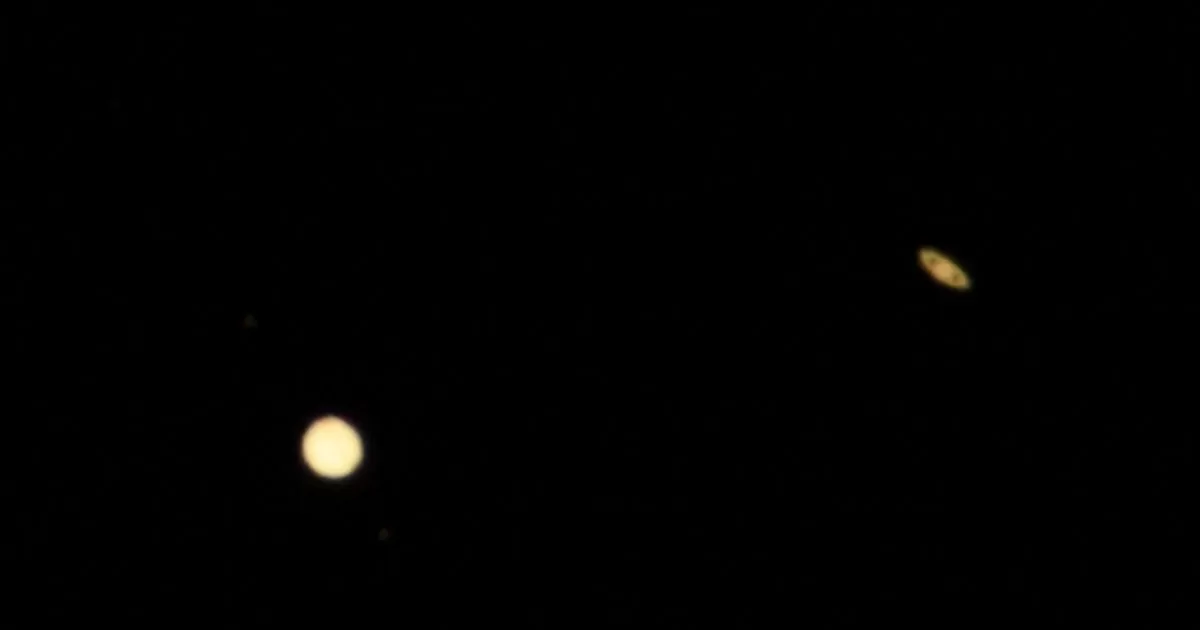It seems that the “runaway” black hole, reported by a study earlier this year, was just a galaxy without a bulge seen from the side. A new paper argues that this explanation is far more likely than a runaway black hole, and presents pretty compelling data to back up the new proposal.
In February, a study revealed Hubble Telescope images of the dwarf galaxy RCP 28 with a white line stretching across the region around it, where diffuse, barely visible gases fill space.
According to the authors of that study, the white line in RCP 28 could be a trail left by a very dense and fast object, which would have formed a shock wave affecting the diffuse gas and, thus, forced the formation of new stars.
However, the runaway black hole hypothesis could not be proven with Hubble data alone. So the scientific community devoted itself to finding other possible explanations. The reason is simple: for a black hole to leave its galaxy, rare conditions would be needed.
Now, a new study has demonstrated how the Hubble data can be perfectly explained by a much simpler scenario: a galaxy without a bulge seen horizontally, that is, positioned so that we observe its disk from the side.
This type of galaxy is relatively common — far more so than runaway black holes. In fact, black holes moving away from galaxies have never been seen, although theory predicts that they may indeed exist.
Jorge Sanchez Almeida, researcher at the IAC and lead author of the new article, regrets that the discovery is something far less exotic than the initial hypothesis. “It’s a shame, because runaway black holes are expected to exist, and this one could have been the first to be observed,” he said.
The team compared the data with other galaxies and found that everything agrees with this new interpretation. “The movements, size and number of stars are consistent with what has already been seen in galaxies in the local universe”, explains Almeida.
As an example, the authors demonstrated that the galaxy IC5249, also without the presence of a bulge, is surprisingly similar to this white line, including the speed and structure of stars. “We also examined the relationship between the mass of the supposed galaxy and its maximum rotational speed and found that, in fact, it is a galaxy that behaves like a galaxy,” said Ignacio Trujillo, who participated in the study.
To confirm (or not) any of the interpretations of these data, future studies should obtain more details and information about the mysterious object. The article has been accepted for publication in the journal Astronomy and Astrophysics Letters.
Source: Astronomy & Astrophysics; Via: Institute of Astrophysics of the Canary Islands


